The King's Empire: Rafael Nadal’s ambition extends well beyond the terre battue
By May 18, 2022Naomi Osaka is leaving the sports agency she co-founded
By Dec 19, 2025Coco Gauff is Forbes' highest-earning female athlete for second year running
By Dec 18, 2025Garbiñe Muguruza returns to Madrid as co-tournament director
By Dec 13, 2025Billie Jean King applauds historic WTA, Mercedes-Benz partnership: “Far beyond tennis”
By Dec 11, 2025Coco Gauff inks deal to become global brand ambassador for Mercedes-Benz
By Dec 09, 2025Inside BUNKR, the cybersecurity startup winning over the tennis world
By Dec 07, 2025Coco Gauff tops Sportico's highest-paid female athletes list for third year running; Sabalenka, Keys make major jumps
By Dec 04, 2025Aryna Sabalenka sets new WTA single-season prize money record
By Nov 10, 2025Lululemon becomes official outfitter of the BNP Paribas Open in multiyear deal
By Nov 07, 2025The King's Empire: Rafael Nadal’s ambition extends well beyond the terre battue
Manacor was once famous for its pearl factory and wooden furniture industry. Now, it’s an international tennis destination that’s better known as the birthplace of a legend—and the home base of his ever-growing business empire.
Published May 18, 2022
Advertising
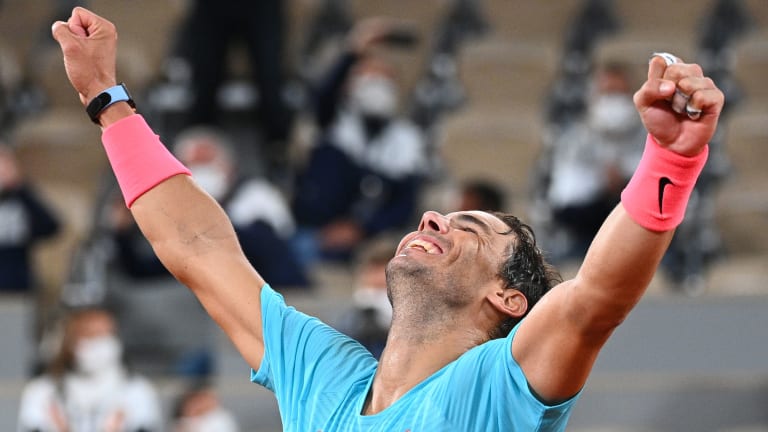
Many have doubted Rafael Nadal’s longevity over the years, but now in his mid-30s, he’s still as tough an out as there is. But even when Rafa steps away from the court, the enterprising Spaniard will remain a force in the sport.
© AFP via Getty Images
Advertising
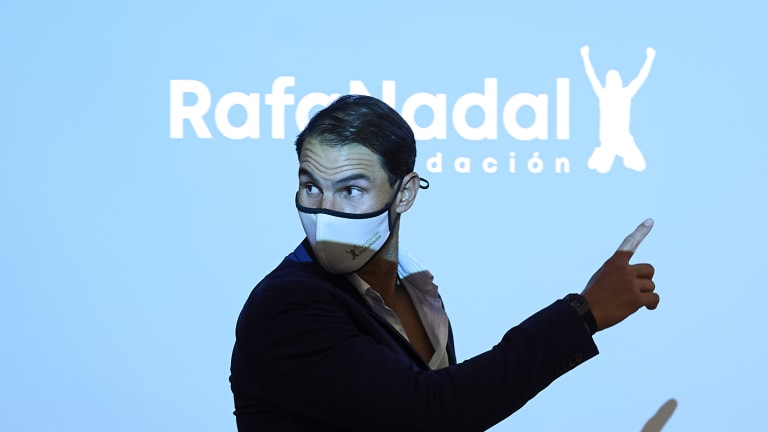
With sport and education as its fundamental cornerstones, the Rafa Nadal Foundation recently celebrated its 10th anniversary. “Hopefully we will be able to continue growing,” Nadal said in 2016. “That’s what we have been doing in the last few years. We’ve been doing it progressively, slowly, but trying to do things right and reach as many kids as possible.”
© Getty Images
Advertising
Advertising
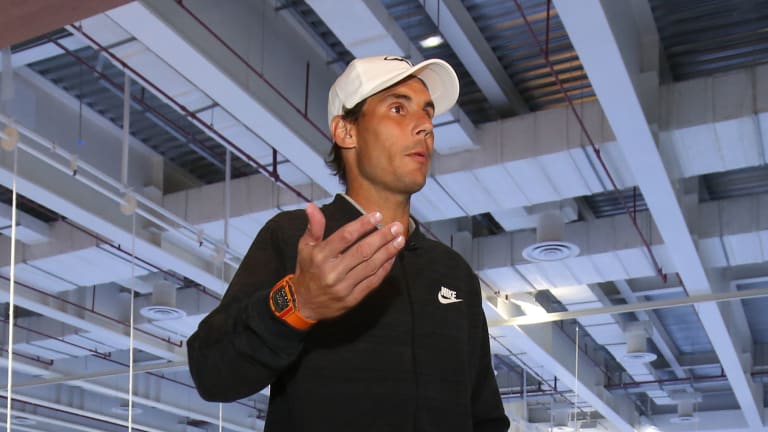
“Me and my team, I think we have the knowledge of what’s going on in this sport, knowing all the process, all the moments of the career, since you are a kid until you are a professional.”
© AFP via Getty Images
Advertising
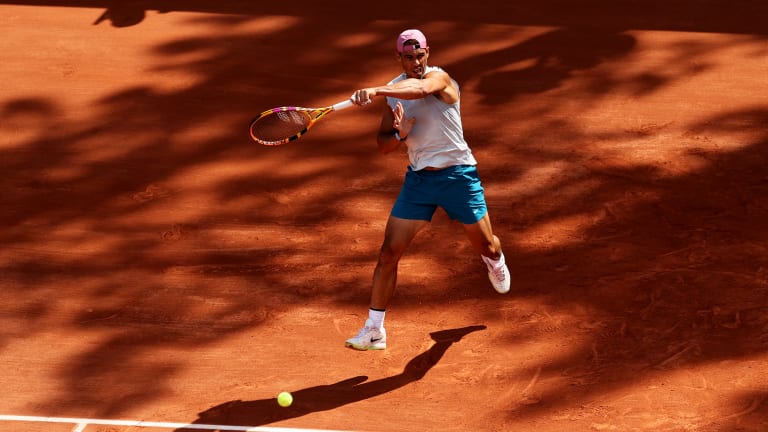
French Open champion Iga Swiatek is one of many professional players who have spent time at Nadal’s academy in Mallorca. “I remember that I had many solid practices there with the guys that are going to school there and staying there whole year,” she said in 2021. “For sure when you’re a pro and you want to go there, I think it’s a great place to practice. It has a great vibe and atmosphere to just do the work.”
© Getty Images
Advertising
Advertising
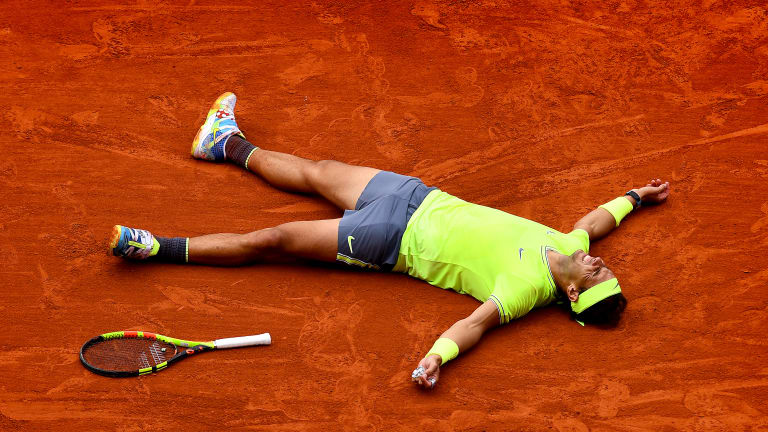
Of Nadal’s many sublime stats, one sticks out: a 105–3 record at Roland Garros. He’ll enter this year’s tournament on a one-match losing streak, though, thanks to Novak Djokovic.
© Getty Images